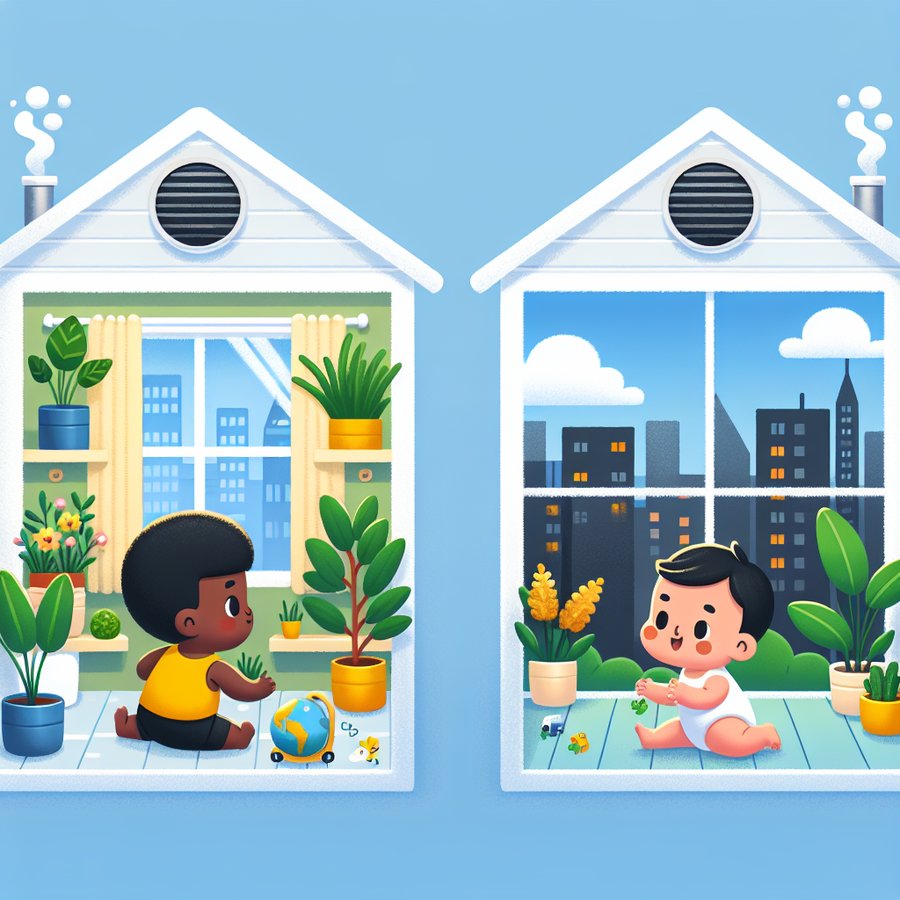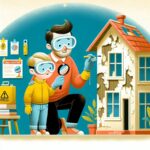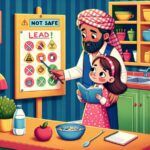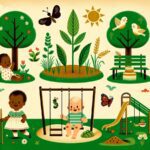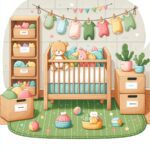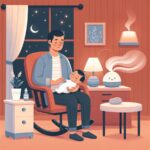Minimizing exposure to air pollution for babies and toddlers is a critical step towards safeguarding their health and ensuring robust growth and development. Air pollution poses significant risks, particularly to young children, due to their developing respiratory systems and higher breathing rates relative to their body size. This guide will explore strategies to protect our little ones from the harmful effects of air pollution.
Understanding the Impact of Air Pollution on Infants and Young Children
Air pollution comprises a mixture of particles and gases that can harm health when inhaled. For babies and toddlers, whose bodies and organs are still developing, the stakes are even higher. Research indicates that early exposure to polluted air can lead to respiratory conditions, impaired lung function, and increased susceptibility to infections. It’s clear that minimizing exposure to air pollution for babies and toddlers is not just advisable; it’s imperative.
Studies have shown associations between air pollution and various adverse health outcomes in children, including asthma, reduced lung growth, and even cognitive development issues. Given the vulnerability of babies and toddlers to these pollutants, it’s essential for parents and caregivers to take proactive steps in reducing their exposure. Such measures not only contribute to their immediate well-being but also set a foundation for healthier future.
Strategies for Minimizing Exposure to Air Pollution for Babies and Toddlers
To effectively minimize exposure to air pollution for babies and toddlers, it’s crucial to adopt both indoor and outdoor strategies. Indoors, maintaining clean air can involve the use of air purifiers, regular cleaning to reduce dust and pet dander, and avoiding smoking or burning candles. Outdoors, try to keep babies away from high-traffic areas and consider staying indoors on days when air quality is particularly poor.
Beyond these immediate actions, advocating for cleaner air policies and supporting green spaces in your community can contribute to long-term improvements in air quality. Parents can also make lifestyle changes, such as using public transportation or walking instead of driving, to help reduce overall pollution levels. For further reading, visiting the World Health Organization’s page on air pollution can provide more in-depth insights and recommendations.
Minimizing Exposure to Air Pollution for Babies and Toddlers: Practical Tips for Parents
To practically minimize exposure to air pollution for babies and toddlers, parents can start by monitoring air quality indexes in their area and planning outdoor activities accordingly. Utilizing apps and websites that provide real-time air quality information can be a valuable tool in making informed decisions about when it’s safe to be outside.
Inside the home, consider investing in high-quality air purifiers and maintaining a smoke-free environment. Regularly cleaning floors, surfaces, and toys can also help reduce the accumulation of dust and pollutants. For more insights on creating a safer environment, explore our article on Creating a Non-Toxic Nursery: Safe Materials and Products.
When traveling, choosing routes that avoid high-traffic areas and ensuring your vehicle’s air filters are clean can further protect your child from pollution exposure. Additionally, leveraging resources like Choosing the Safest Baby Car Seats for Newborns can enhance your baby’s safety and comfort during rides.
Remember, every small step towards minimizing exposure to air pollution for babies and toddlers contributes significantly to their health and development. By taking proactive measures and educating ourselves on the best practices, we can create a cleaner, safer environment for our children to thrive in.
In conclusion, protecting our little ones from air pollution involves a combination of practical measures, informed choices, and advocacy for cleaner environments. By understanding the risks and implementing strategies to minimize exposure, parents and caregivers can significantly contribute to the wellbeing and healthy development of babies and toddlers.
For additional resources and guidance on ensuring the health and safety of your little ones, consider exploring articles such as Safe Sleep Practices to Reduce the Risk of SIDS and Monitoring Air Quality for Baby’s Health: Tips for Indoor and Outdoor.

